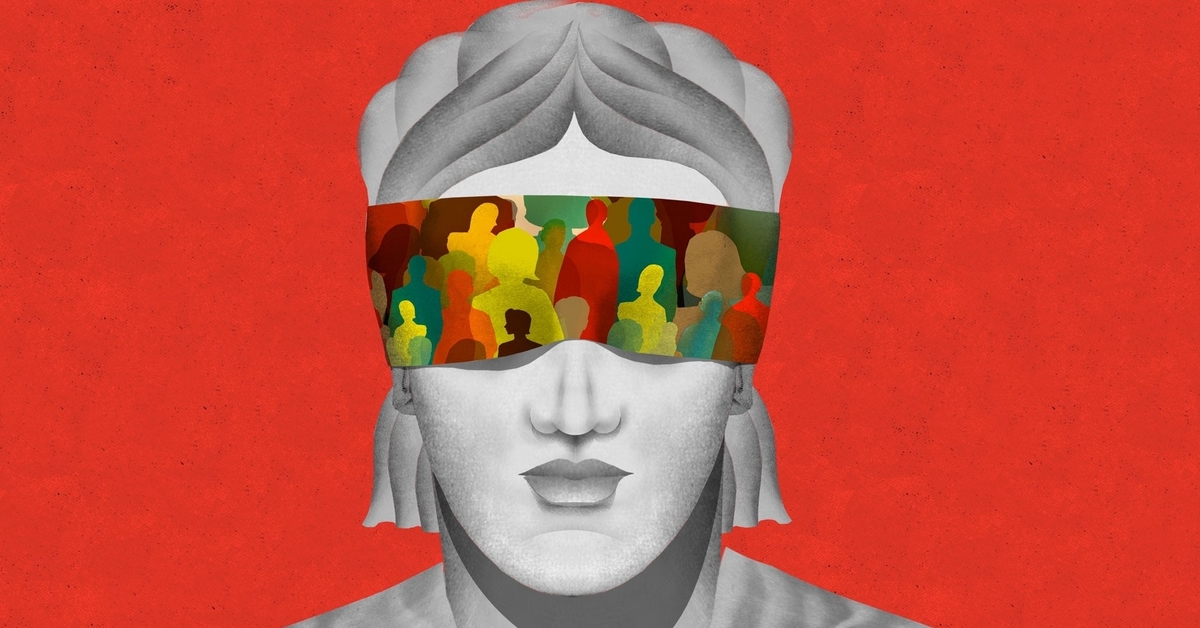Why Violence Is the Missing Piece of The Criminal Justice Reform Puzzle

This month, New Jersey Senators Cory Booker (NJ) and Richard Blumenthal (CT) introduced the REVERSE MASS INCARCERATION ACT OF 2017, designed to create incentives for states to reduce the number of people in their prisons.
Booker has been the Senate’s leading advocate for criminal justice reform, and this bill deserves widespread support.
Most states have already started looking for ways to reduce the number of people in prison. But most of today’s current proposals will have little to do with mass incarceration. Even though there is currently a widespread national conversation about the problem of mass incarceration, much of it misses the mark because almost everyone — from the former president to the NJ senator — says they are not referring to “violent criminals.”
People are comfortable with the idea that the drug war is a failure. The public has a deep commitment to engaging in “rehabilitation” instead of punishment. Almost nobody thinks prisons make sense for first-time felons, so long as they have not been convicted of a violent crime. There is plenty of talk about how to reform justice by treating people differently than we now do — that is, people who are not “violent.”
When it comes to the “violent” criminal, the conversation ends. We are left, it seems with two options. Try to figure out who is “really” violent, and make sure they go to prison for a long time. Or, let “violent” criminals all grow old in prison, so that we can think about releasing them in their 50s and 60s when they no longer represent a risk. Basically, people who have been convicted of crimes deemed “violent” are outside the targets for reform.
This premise ignores some crucial facts, among them:
1. People convicted of “violent” crimes comprise more than half of the incarcerated population: as multiple sources have pointed out, no meaningful reduction in prison counts can be achieved without addressing this group.
2. The “violent crime” labels that attach to the convictions of many people behind bars often — or unusually — includes a mix of drug use, interpersonal disputes, and grouped activity (such as driving a getaway car). What we typically imagine when we hear “violent criminal” — a lone assailant who is indifferent to human life — is rare indeed.
3. Plenty of studies show that as a group, people who are serving time for crimes deemed “violent” have lower recidivism rates when they are released from prison than people from any other crime category.
But these are not the most important reasons why our current elimination of “violent” criminals from consideration from reform.
A new report from the Vera Institute of Justice’s Common Justice program, Accounting for Violence: How to Increase Safety and Break Our Failed Reliance on Mass Incarceration, tells us why our current fear of the problem of violence is so short sighted. It does not address the problems encountered by parties who are harmed by violent acts. It is dishonest about the circumstances that surround most criminally violent acts. It ignores the crucial reality that most people who are convicted of crimes deemed violent have themselves suffered repeated harms at the hands of others — the distinction between those who hurt people and those who have been hurt by people is not well-founded. There is a connection between having been violently harmed and later being the one who harms in a violent way — and this connection is so direct, so powerful, that to ignore it is to live in a fantasy world.
Accounting for Violence is not simply a reasoned exploration of how we could be different in the way we deal with violence and why we should be different. It is a call for nuance, for range, for purpose in adopting a new way of perceiving and responding when one of our citizens harms another.
In fact, when we segregate “the violent,” through long, punitive prison terms, we do so ignoring three crucial realities.
First, those who suffer harm from criminal acts are not well served by long prison sentences. They need for a different kind of systemic support and a different kind of meaningful closure — a strategy that gives them a voice, so they can regain their sense of personal empowerment.
Second, people who have been harmed by violence need to understand what happened. Even more than that, they seek evidence that the person who hurt them has changed, and will not do it again. Poignantly, this is precisely what the person who has engaged in the violence wants: a chance to demonstrate that “I have changed” and the opportunity to do something that can, even if in a small way, begin to make up for that harm.
Third, the violence in our midst did not come out of nowhere. From a host of recent research, we now know that people who experience violence are changed by that violence — we call it “trauma.” The paradox is that those who have been traumatized by violence that makes them more likely to engage in it when they are afraid. To use long prison sentences is, too often, to impose more harm on those who have already experienced so much of it — and done their share of harming. Either we develop ways to heal the trauma, or we ready ourselves for the inevitability of more of it.
Of course, measures such as those proposed by the Senator Bookers of this world are good and need to be enacted. But the kind of criminal justice reforms we really need will adopt ways that break the cycles of violence. These reforms will give those harmed by violence a way to confront and understand what has happened to them. And importantly, they will give the people who have harmed legitimate ways to repair what they have done and show that they have changed.


